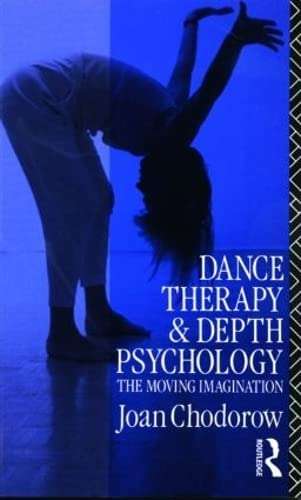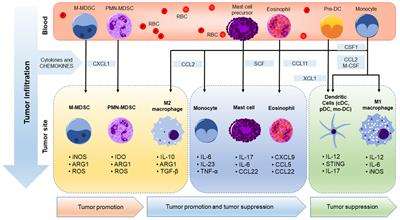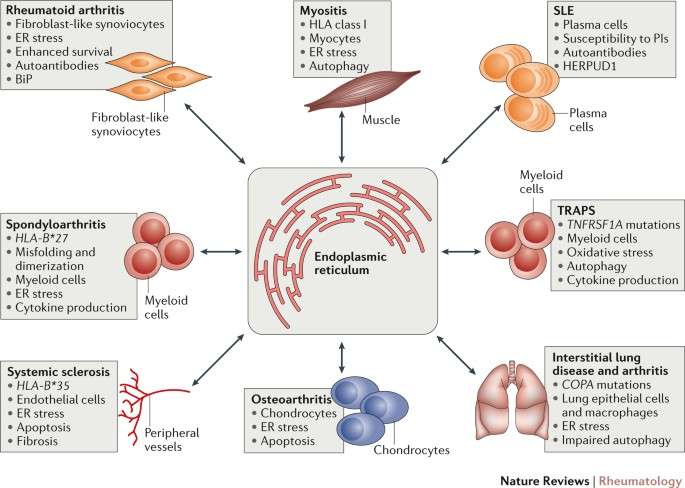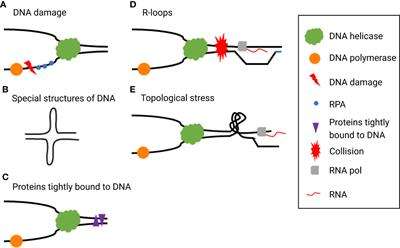Book Description
Dance/movement as active imagination was originated by Jung in 1916. Developed in the 1960s by dance therapy pioneer Mary Whitehouse, it is today both an approach to dance therapy as well as a form of active imagination in analysis. In her delightful book Joan Chodorow provides an introduction to the origins, theory and practice of dance/movement as active imagination.
Beginning with her own story the author shows how dance/ movement is of value to psychotherapy. An historical overview of Jung’s basic concepts is given as well as the most recent depth psychological synthesis of affect theory based on the work of Sylvan Tomkins, Louis Stewart, and others. Finally in discussing the use of dance/movement as active imagination in practice, the movement themes that emerge and the non-verbal expressive aspects of the therapaeutic relationship are described.
Dance/movement as active imagination was originated by Jung in 1916. Developed in the 1960s by dance therapy pioneer Mary Whitehouse, it is today both an approach to dance therapy as well as a form of active imagination in analysis. In her delightful book Joan Chodorow provides an introduction to the origins, theory and practice of dance/movement as active imagination.
Beginning with her own story the author shows how dance/ movement is of value to psychotherapy. An historical overview of Jung’s basic concepts is given as well as the most recent depth psychological synthesis of affect theory based on the work of Sylvan Tomkins, Louis Stewart, and others. Finally in discussing the use of dance/movement as active imagination in practice, the movement themes that emerge and the non-verbal expressive aspects of the therapaeutic relationship are described.
Dance/movement as active imagination was originated by Jung in 1916. Developed in the 1960s by dance therapy pioneer Mary Whitehouse, it is today both an approach to dance therapy as well as a form of active imagination in analysis. In her delightful book Joan Chodorow provides an introduction to the origins, theory and practice of dance/movement as active imagination.
Beginning with her own story the author shows how dance/ movement is of value to psychotherapy. An historical overview of Jung’s basic concepts is given as well as the most recent depth psychological synthesis of affect theory based on the work of Sylvan Tomkins, Louis Stewart, and others. Finally in discussing the use of dance/movement as active imagination in practice, the movement themes that emerge and the non-verbal expressive aspects of the therapaeutic relationship are described.
1991
)
B
IB
TEX
Routledge (
AbstractDance/movement as active imagination was originated by Jung in 1916. Developed in the 1960s by dance therapy pioneer Mary Whitehouse, it is today both an approach to dance therapy as well as a form of active imagination in analysis. In her delightful book Joan Chodorow provides an introduction to the origins, theory and practice of dance/movement as active imagination. Beginning with her own story the author shows how dance/ movement is of value to psychotherapy. An historical overview of Jung’s basic concepts is given as well as the most recent depth psychological synthesis of affect theory based on the work of Sylvan Tomkins, Louis Stewart, and others. Finally in discussing the use of dance/movement as active imagination in practice, the movement themes that emerge and the non-verbal expressive aspects of the therapaeutic relationship are described
:
The Moving Imagination
Joan Chodorow
Routledge
, 1991 –
172 pages
, 1991 –
Medical
1
Review
Reviews aren’t verified, but Google checks for and removes fake content when it’s identified
Dance/movement as active imagination was originated by Jung in 1916. Developed in the 1960s by dance therapy pioneer Mary Whitehouse, it is today both an approach to dance therapy as well as a form of active imagination in analysis. In her delightful book Joan Chodorow provides an introduction to the origins, theory and practice of dance/movement as active imagination.
Beginning with her own story the author shows how dance/ movement is of value to psychotherapy. An historical overview of Jung’s basic concepts is given as well as the most recent depth psychological synthesis of affect theory based on the work of Sylvan Tomkins, Louis Stewart, and others. Finally in discussing the use of dance/movement as active imagination in practice, the movement themes that emerge and the non-verbal expressive aspects of the therapaeutic relationship are described.
Books and Journal Articles by Dr. Chodorow (partial list)
1982 “Dance/Movement and Body Experience in Analysis.” In Stein, M. (Ed.) Jungian Analysis. La Salle: Open Court.
1984 “To Move and Be Moved.” Quadrant, Journal of the C. G. Jung Foundation for Analytical Psychology. Fall issue, 17/2:39-48.
1986 “The Body as Symbol: Dance/Movement in Analysis.” In Schwartz-Salant, N. and Stein, M. (Eds.) The Body in Analysis, pp 87-108. Wilmette, Illinois: Chiron Publications. http://www.cgjungpage.org/content/view/88
1991 Dance Therapy and Depth Psychology: The Moving Imagination. London/New York: Routledge
1992 “Sophia’s Dance.” American Journal of Dance Therapy, 14/2:111-123.
1993 “The Moving Imagination.” Transformation: The Magazine of the C. G. Jung Institute of Chicago, Vol. 23, No. 3, Summer 1993.
1994 “Body, Psyche, and the Emotions.” Keynote lecture for the International Clinical Conference on Dance/Movement Therapy, Berlin, 9/1-4/94. In American Journal of Dance Therapy, Vol. 17, No. 2 Fall/Winter 1995.
1997 Jung on Active Imagination, Edited, with an Introduction by Joan Chodorow. London, UK: Routledge and Princeton, NJ: Princeton University Press.
1999 Authentic Movement: Essays by Mary Whitehouse, Janet Adler, and Joan Chodorow. Vol. One, Pallero, P. (Ed.) London: Jessica Kingsley.
1999 “The Play of Imagination.” Oregon Friends of Jung Newsletter, Jan-June 1999, pp 8-9.
2000 “Active Imagination (Analytical Psychology).” In de Mijolla, A. (Ed.) Dictionary of Psychoanalysis. Paris: Calmann-Levy Publishers.
2000 “The Marion Chace Memorial Lecture: The Moving Imagination.” American Journal of Dance Therapy, Spring/Summer 2000, Vol. 2, No. 1, pp 5-27.
Forthcoming: “Active Imagination” In Papadopoulos, R. (Ed.) The Handbook of Jungian Psychology: Theory, Practice and Applications. London: Brunner/Routledge.
Forthcoming: Active Imagination: Healing from Within. Carolyn and Ernest Fay Book Series in Analytical Psychology. In Rosen, D. (Ed.) College Station, TX: Texas A&M University Press.Lectures Workshops, and Tapes
The Unholy Trinity: Feminine, Body, Shadow. Lecture (1985)
The Self in Motion. Lecture #204 (1985)
The Emotions: Psyche’s Body–The Archetypal Effects. Lecture #252 (1985)
To Move and Be Moved. Workshop (1985)
Body, Psyche, and the Emotions. Lecture #472 (1991)
The Moving Imagination. Workshop# 473 (1991) Missing
Sibling Position and Family Atmosphere. Lecture with Louis Stewart (1992)
The Moving Imagination. Workshop (1992)
A New Look at Active Imagination. Lecture #748 (1999)
Moving Active Imagination (1999)
Emotions and the Archetypal Imagination. Lecture (2004)
Emotions and the Archetypal Imagination. Workshop (2004)Additional Recommendations
Adler, Janet (2002) Offering from the Conscious Body. Rochester, VT: Inner Traditions.
Darwin, Charles (1872/1998) Expression of the Emotions in Man and Animals. Third definitive edition edited by Paul Ekman. Oxford University Press.
Henderson, Joseph (1984) Cultural Attitudes in Psychological Perspective. Toronto: Inner City Books.
Hollis, James (2002) The Archetypal Imagination. College Station: Texas A&M University Press.
Jung, C. G. (1961) Memories, Dreams, Reflections. New York: Vintage Books.
Otto, Rudolf (1923) The Idea of the Holy. Oxford University Press.
Stewart, Charles (2001) The Symbolic Impetus: How Creative Fantasy Motivates Development. London: Free Association Books.
Stewart, Louis (1993) Changemakers: A Jungian Perspective on Sibling Position and Family Atmosphere. London: Routledge.
Von Loben Sels, Robin (2003) A Dream in the World: Poetics of Soul in Two Women, Modern and Medieval. London: Routledge.




